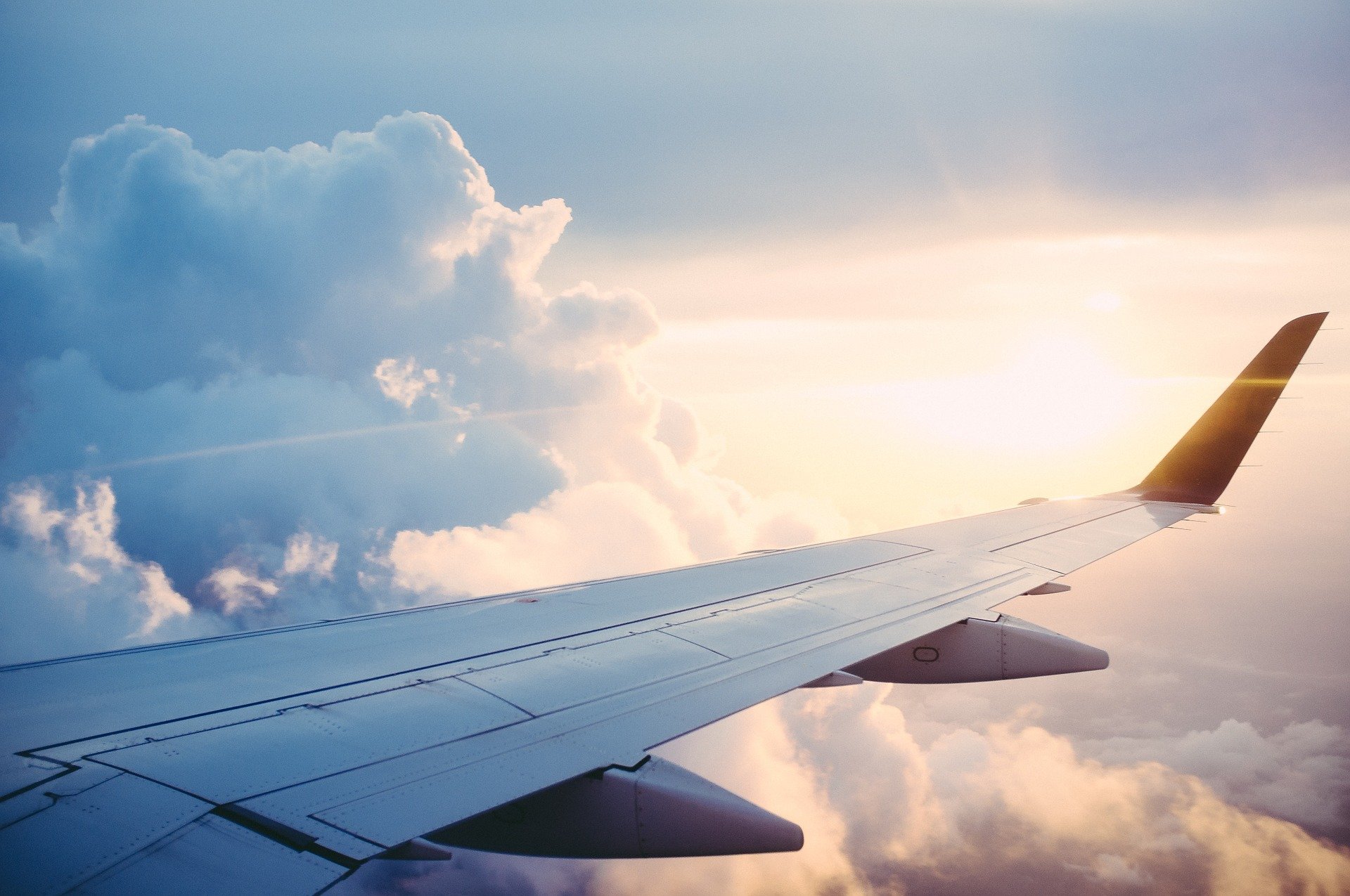Many people have wondered when seeing the new aircraft, why do wings have a strange shape at the tip of them? Many will believe that these folds are to make the airline logos look good, or simply to make them look more beautiful, but this is not the case, the aircraft fly due to the pressure difference generated by the wings when the airflow is divided by the leading edge, different pressures are generated due to the speed how the air passes through the upper and lower part of the wing, but when these two air flows collide at the tip of the wing they generate a whirlpool and drag.
Contents
History of the winglets or wingtip device
By the 1970s, aviation was in the boom of commercial flights, and due to fuel increases, being the American aviation one of the most affected by this increase is seen in the need to seek experts and ask the National Administration of Aeronautics and Space (NASA) to hire the engineer Richard T. Whitcomb, who after several investigations solved the problem that existed at the tip of the wing where a large amount of resistance was generated by the generation of the vortex effect.
Vortex effect
First, we must talk about what is the vortex? The vortex is a current flow in a spiral form; this flow rotates on an axis, causing it to rotate in a controlled way while exerting a force, either gravity or speed fluid. In the Aircraft as in any vehicle, the airflow through two areas where the speed of one zone is varied can generate this effect, causing this effect to create resistance and more fuel to be used to maintain the desired speeds.
Winglet efficiency
After conducting several studies by NASA, it was observed that due to the different pressures and speeds that were generated in the wings, when they joined at the tip of the wing a vortex was generated which formed a parasitic resistance, they began to look for Several solutions for its elimination, as we have already discussed, the engineer Richard T. Whitcomb created this system in which the induced resistance created by the vortex could be reduced by 20%, thereby significantly reducing fuel consumption between 6 to 7% per flight, they also had other benefits such as an improvement in climbing power, improved noise footprints, this being a great improvement for aviation and what allowed them to be taken into account for the design of any aircraft.
Types of winglets
Today there are several types of winglets, and they continue to innovate every day to the point that the Boeing Company is designing a retractable one that can be varied depending on the flight requirements, for which we will name some of them:
• Canted winglets: which are made vertically with respect to the wing and worked on the first A330, A340, and the B747-400.
• Blended winglets: they are called mixed because their curve is much smoother in their transition, thus allowing greater efficiency.
• Fences wingtip: they are those that have curves up and down the wing, thus allowing the reduction of the vortex in the upper and lower part of the wingtip, we see it in the A320
What do you think of this topic? Have you ever wondered what function winglets have?
If you have any doubt or question, you can contact us or write your query in the comments section below.
Image by Tomás Del Coro via flickr.com under a Creative Commons license.
